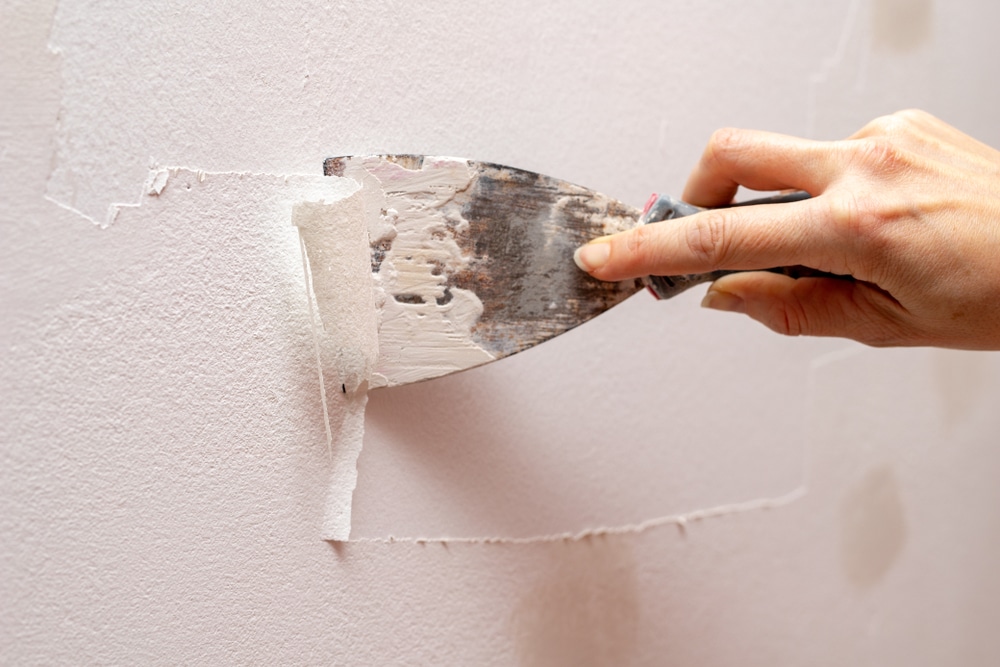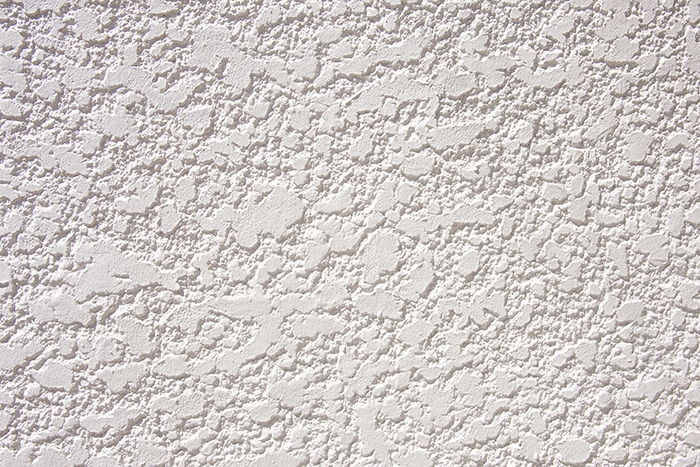
Can You Retexture a Painted Wall? A How-to Guide
Are you looking to spruce up your home, so now you’re heading down the seemingly endless tunnel of retexturing information wondering “Can you retexture a painted wall, at all?!” As painting and retexturing professionals in the Superior and Denver areas, we get it. Wall retexturing is a great way to give any room an entirely new look. It’s a relatively easy and inexpensive process compared to traditional wallpapering, painting, or staining. Now that we’re in the colder seasons here in Superior, Colorado, we’ll spend much more time indoors. If you’re cuddling up by the fire and feeling inspired to renovate your space, wall retexturing may be a good option for you.
What is Wall Retexturing?
Wall retexturing involves applying a textured coating directly over existing wallpaper or paint, creating unique shapes, patterns, and textures that are more interesting and visually appealing than a flat wall. The process begins with a primer and is applied generously to the wall. This helps create a strong bond between the old wall and the new texture. Then, depending on the pattern or texture you want to achieve, a variety of different products can be used such as joint compound, textured paint, or even stucco mix. These materials are then applied with a trowel, brush, or roller to create the desired effect.
So, Can You Retexture a Painted Wall?
Are you wondering if you can retexture a painted wall? The answer is yes! Retexturing can breathe new life into your walls. Whether it’s to fix imperfections or add texture for style, it’s an option worth exploring. Let’s delve into some common reasons, costs, and techniques associated with retexturing painted walls.

Reasons for Retexturing a Painted Wall
Now that you know the answer to “Can you retexture a painted wall?” your next question may be: Why would you want to retexture a painted wall? There are several reasons. Firstly, it can cover up imperfections like dents or scratches, giving your wall a fresh look. Retexturing adds depth and character to your space, enhancing its visual appeal. Whether you have an open floor plan or a traditional one, It’s just a great way to update outdated textures or experiment with new ones to match your evolving style preferences.
DIY Wall Retexture or Hire a Professional?
If you’re a DIY fan and want to tackle this project yourself, more power to you! However, depending on the size of your home, this project could take a long time, not to mention the cost of the supplies to get the job done. Depending on whether you’re creating a smooth, flat finish, or adding texture to a wall for design aesthetic. It requires finesse and patience to master the technique it takes to create a perfectly smooth wall.
Drywall work can get messy. Professionals know to cover the floors, mask everything off, and contain the dust. The pros will also have all the equipment for taping and mudding. Balancing time against money is always a factor when deciding whether to do something yourself or hire a professional. This is a time that we strongly suggest hiring a professional, as this is not an easy job to take on on your own.
How Much Does it Cost to Retexture Walls?
So, how much does it cost to retexture walls, anyhow? The cost of retexturing walls can vary depending on factors such as the size of the wall, the texture, and whether you hire a professional or do it yourself. On average, DIY supplies like joint compound or texture paint can range from $10 to $50 per gallon, while hiring a professional may cost anywhere from $1 to $3 per square foot. Keep in mind, that additional expenses such as equipment rental, labor fees, or surface preparation might also influence the overall cost. As Superior and Denver area retexturing professionals, we can certainly give you a free estimate once we have a better understanding of the project you want to tackle. Contact Paint Denver anytime!
How to Rexture a Painted Wall in 12 Steps
- Gather Wall Retexturing Tools: Purchase joint compound or texture paint, painting tools, trowel or putty knife, sandpaper or sanding block, protective gear, drop cloths, painter’s tape, and stirring sticks.
- Prepare the Room: Remove furniture, cover floors with drop cloths, and mask off areas with painter’s tape.
- Clean the Wall: Remove any dust, dirt, or grease from the wall surface using a damp cloth or sponge. Let it dry completely.
- Patch Holes and Cracks: Fill in any holes or cracks with a spackling compound and smooth it out with a putty knife. Allow it to dry according to the manufacturer’s instructions.
- Sand the Wall: Use fine-grit sandpaper or a sanding block to smooth the patched areas and roughen up the existing paint slightly. This helps the new texture adhere better.
- Mix the Texture Material: If using joint compound or texture paint, follow the manufacturer’s instructions for mixing. Aim for a consistency that is easy to spread but not too runny.
- Apply the Texture: Using a trowel, putty knife, or texture sprayer, apply the texture material to the wall in small sections. Experiment with different techniques to achieve your desired texture pattern.
- Work in Layers: For deeper textures, apply multiple layers of texture, allowing each layer to dry completely before applying the next.
- Let it Dry: Allow the textured wall to dry thoroughly according to the product instructions. This may take several hours or overnight.
- Sand and Smooth: Once the texture is dry, lightly sand the surface to smooth out any rough spots or peaks in the texture.
- Clean Up: Remove painter’s tape and drop cloths, and clean any tools or equipment used.
- Prime and Paint (Optional): If desired, prime the textured wall surface before painting to ensure better paint adhesion and uniform color coverage.
Following these steps will help you successfully retexture a painted wall and achieve the desired finish. If you feel like this may be out of your league, hiring a local painter and retexturing expert may be the best option for you.
Superior, Colorado, and Beyond, Wall Retexturing
We’re the experts here in Superior, Colorado in the field of wall retexturing, providing high-quality service and stunning results. Whether you’re wondering “Can you retexture a painted wall,” how much retexturing costs, or simply looking to update the look of a single room or the entire house, Paint Denver can help you achieve your desired outcome with ease. We use the latest in wall retexturing techniques to ensure that your wall looks great and lasts for years to come. For a quick, hassle-free way to give any room an entirely new look, contact us today to learn more about wall retexturing! We’re always happy to answer any questions you may have about us or our process.
